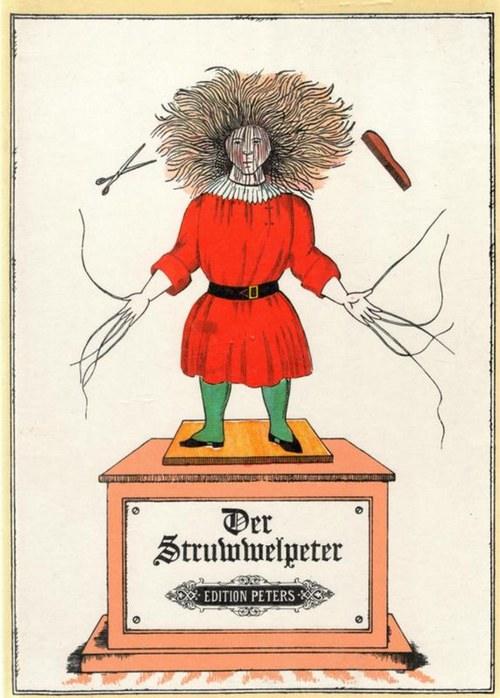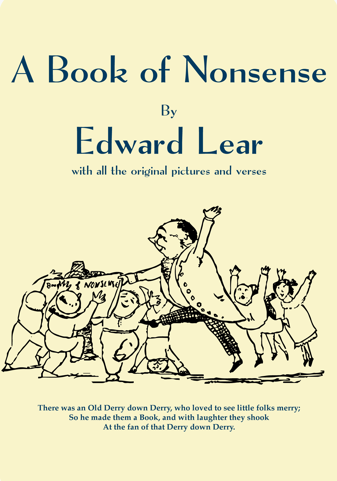Novels as Struwwelpeter, Alice in Wonderland, and the fairy tales by the Grimm brothers were originally published around 200 years ago. However, they still represent an essential part of children’s literature of today. The reason why these fairy tales had such an extraordinary impact and managed to be still remembered by the majority of people is that their authors ensured that their stories were illustrated in an appealing and unique way.
However, printing illustrated books was not the easiest thing to do during 19th century. With the aid of cooperplate print and lithography, monochrome drawings could be reproduced. These illustrations did not only have an enhancing impact from a graphical perspective but also from the perspective of illiterates (people who are unable to read). Both of these results ensured the cross-century and still ongoing popularity of illustrated fairy tales.
When recalling these images, one can conclude that the characters were illustrated in a very realistic, sometimes scary way. One might remember the original illustration of Struwwelpeter which, for the most of us, still sits in our mind as reluctantly as in our childhood.

This is because neither the story nor the illustrations were intended for children, however, that did not change the fact that fairy tales left an enormous impression on them. Later on, J. J. R. Tolkien, author of The Lord of the Rings, approved with children reading non-children literature. He commented (analogous):
“One should not write for children.”
What he means is that there should be no such thing as books especially for children. In his view, they should be confronted with tragic and brutal happenings of the real world, rather than being left unaware. This statement is certainly true for many fairy tales of the 19th century, however, does not correspond to the opinions of parents nowadays. Traditional fairy tales and especially their illustrations appear to them to be too scary and gruesome to read or show them to their children. This is why, many fairy tales are nowadays left untouched unless they are censored to fit the children’s age.

Right before the beginning of 20th century, a development in fairytale illustrations began. Authors and illustrators, as Gleeson White, started to specifically create stories and illustrations for children or at least, censure non-suitable fairy tales. Despite these changes, one aspect of children’s literature stayed the same: the moral lesson at the end of the story.
In some cases, however, learnings were not part or intention of the story anymore. Edward Lear, for example, who acted as publisher around the same time as Gleeson White, did not consider the educational aspect of children’s books. He, in contrast, published books (the most famous amongst them was A book of nonsense) whose only intention was to entertain children. When regarding these illustrations, one can identify that they are still drawn in a realistic way but forego gruesome and scary imagery. This is when a vital development into the direction of children’s books of today has taken place. The topic of current children’s literature, especially focusing on the illustrations they use, shall be part of one of the next blog entries.

Sources:
Popova, Maria (n.d.): The Most Beautiful Illustrations from 200 years of Brothers Grimm Fairy Tales [online] https://www.brainpickings.org/2015/07/20/best-brothers-grimm-illustrations/ [27.11.2019]
Völkel, Alexander (2009): Illustrationen machten Grimms Märchen erst populär [online] https://www.wr.de/staedte/dortmund/illustrationen-machten-grimms-maerchen-erst-populaer-id638515.html [27.11.2019]
Kosik, Corryn (2018): Children’s Book Illustrators and the Golden Age of Illustration [online] https://www.rockwell-center.org/essays-illustration/childrens-book-illustrators-golden-age-illustration/ [27.11.2019]
The Telegraph (2012): Fairy tales too scary for modern children, say parents [online] https://www.telegraph.co.uk/news/newstopics/howaboutthat/9078489/Fairytales-too-scary-for-modern-children-say-parents.html [27.11.2019]
Image Sources:
Struwwelpeter – https://www.zvab.com/servlet/BookDetailsPL?bi=15682849168&searchurl=hl%3Don%26sortby%3D20%26kn%3Dguck%2Bein%2Bund
The Wolf and the Seven Kids – https://books.openedition.org/obp/609
A Book of Nonsense – https://books.apple.com/us/book/a-book-of-nonsense/id886540400